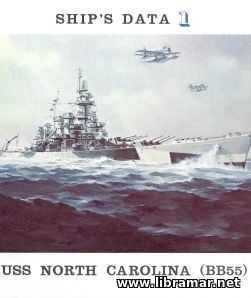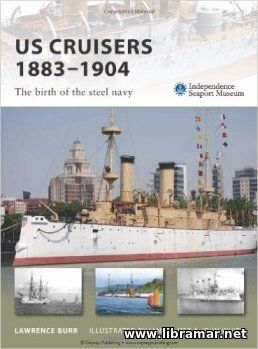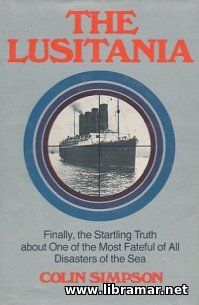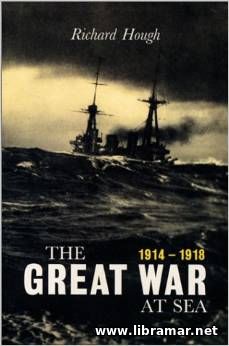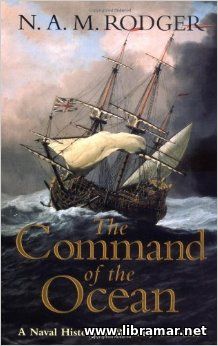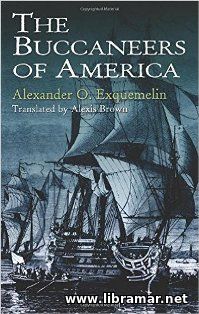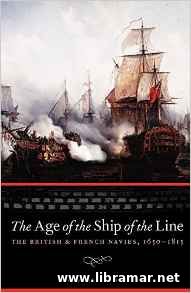
This book dedicated to the Tudor warships was prepared by Angus Konstam, also known for his publication on Pirate Ships and Elizabethan Sea Dogs. Apart from the people having an interest in the naval history, the content of this book will be of particular use for the ship modelers. That is why we would highly recommend all of the above mentioned categories of readers to add this title to their reference libraries.
The book has been written in a manner allowing readers to take in all presented information. The author of the book is a specialist in the period covered and he is successfully bringing to life the developmental history of the Tudor's Navy fleet and the use of those warships on the high seas. The volume examines the Mary Rose - the only warship of the XVI century on display anywhere. The author has also included thoroughly researched archive photos and detailed color artwork, such as the cutaways and contemporary images all of them are very informative and add to the overall benefit.
He has produced a very good example of the genre and made a book which may now be used as a quick introduction to the design and ordinance of the early Tudor naval vessels. In short, this is an outstanding volume on a really unique subject of Spanish Armada; note that the information and data contained herein may serve as an excellent basis for the future researches for people with the deeper interest in the field.
